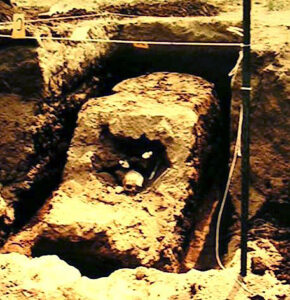
Cold cases and serial crimes are law enforcement’s most challenging investigations. These crimes are carefully planned and executed by predatory criminals who are intelligent and cunning. They often leave little evidence at crime scenes and even fewer eyewitnesses.
A composite sketch of the suspect becomes your best evidence in cases with a surviving eyewitness. Investigations that languish for years may benefit by advancing the age of your existing sketch. An updated composite sketch freshens up your case and generates media interest.
The passage of time is the enemy of eyewitness memory. An experienced police sketch artist who uses memory retrieval techniques can create an effective composite sketch months, or even years, after a crime, underscoring the eyewitnesses’ crucial role in your investigation. However, the urgency of the situation cannot be overstated-your best option is to create a composite sketch as soon as possible.
At SketchCop®, we understand the importance of strong communication skills in guiding your eyewitness through the interview and helping us construct an effective facial composite.
Our team at SketchCop® brings a wealth of experience in homicide and violent crime investigations, making us uniquely qualified and valuable as case consultants. We can advise you on which type of forensic facial imaging would be most helpful to your case, ensuring you have the best tools at your disposal.
We have listed a few our expert services below to provide you with the support and guidance you need to determine the best option for your investigation. With our expertise, you can proceed with confidence in your investigative process.
Please don’t hesitate to contact us if you have any questions.
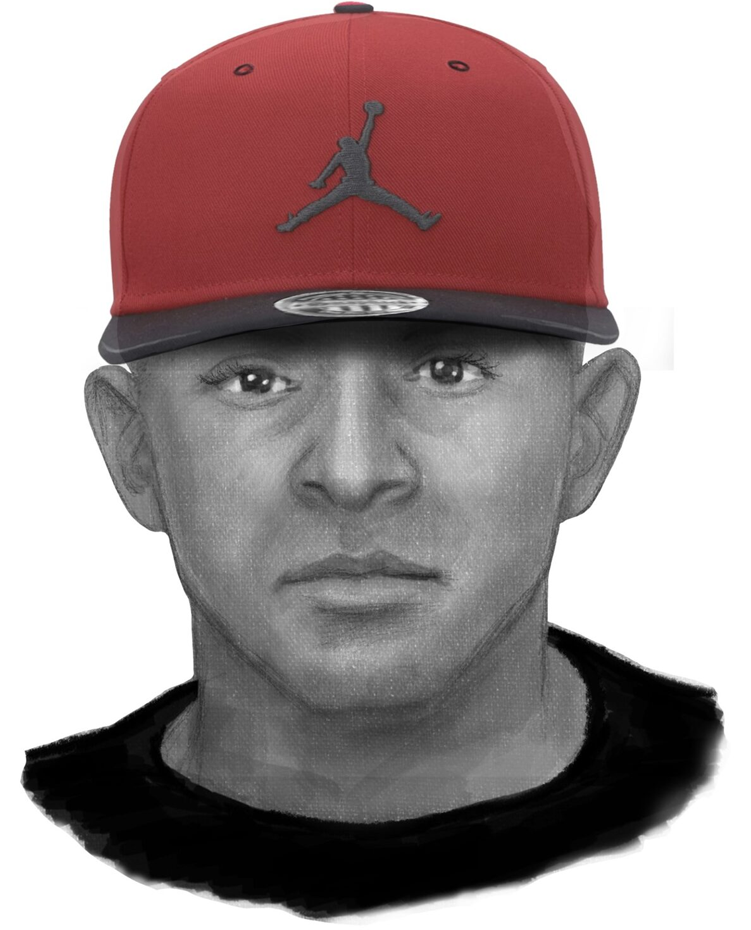
SketchCop® REMOTE is a 24/7 online global composite sketch service connecting investigators with (Ret.) Police Sergeant Michael W. Streed, Forensic Facial Identification Consultant and founder of SketchCop® Solutions, Inc.
Michael is one of the world’s most experienced police sketch artists. He has considerable experience and a reliable reputation for assisting law enforcement with their most complex cases. Michael works with eyewitnesses to deliver high-quality facial composites that grab the public’s attention, generating leads for law enforcement while reducing investigative cycle times.
SketchCop® REMOTE is unique in that it allows eyewitnesses the convenience of participating from the comfort and safety of their home or office, allowing investigators to focus more time and energy on their investigation.
With SketchCop® REMOTE, scheduling police sketch artist appointments that were once difficult is now effortless. These appointments are available in ‘real-time’ online, often allowing for same-day interviews and prompt delivery of sketches via e-mail upon completion.
If you want to schedule a remote facial composite interview, download our Sketch Request form. Once completed, save it and send it to us. We’ll do the rest.
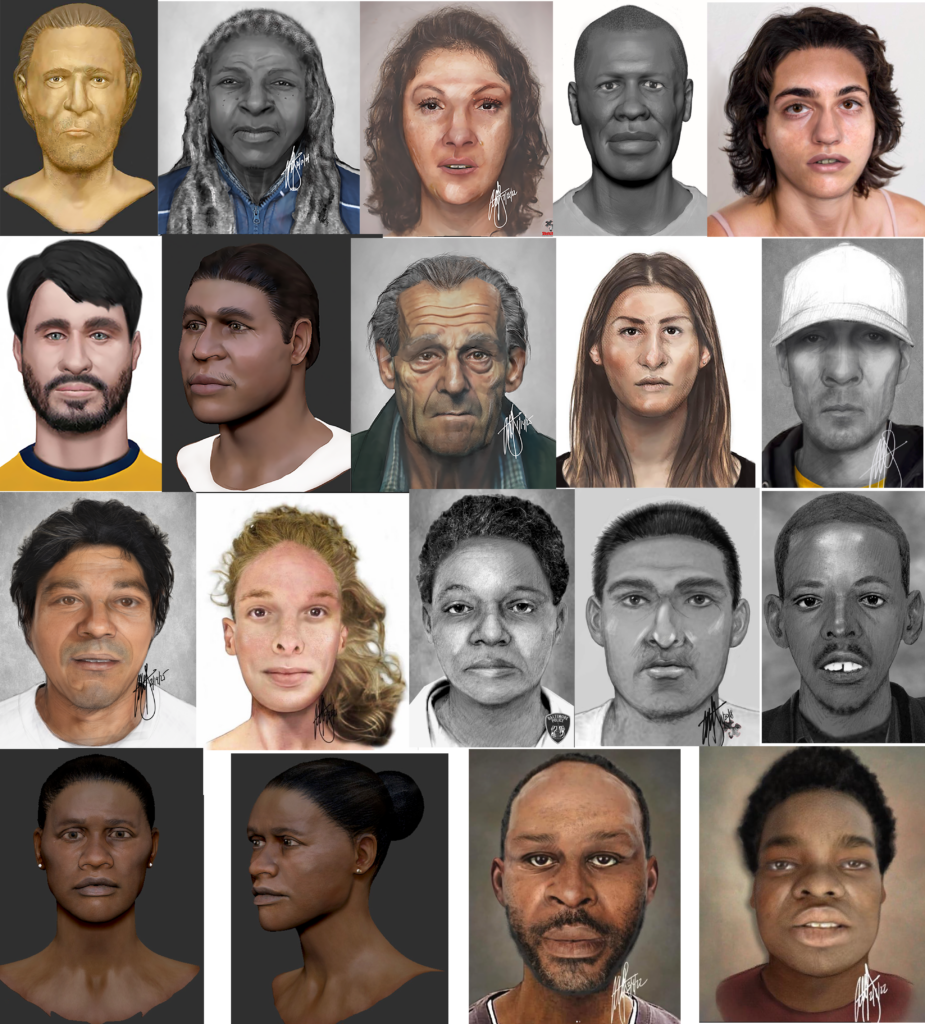
Postmortem forensic facial imaging refers to approximating the appearance of an unidentified deceased person to how they might have appeared when alive. Two postmortem facial imaging techniques, facial approximation, commonly referred to as facial reconstruction, and postmortem imaging, are the most widely used. When combined with DNA phenotyping, they become even more powerful tools.
Michael W. Streed and his team of experts blend traditional illustration techniques with the latest photo editing, 3-D sculpting software, and AI technology.
Using information supplied by medical experts and scientists, we can approximate a person’s facial appearance in both 2-dimensional and 3-dimensional formats as described above.
Each agency has budgetary restrictions that limit its ability to use postmortem forensic facial imaging during investigations. If you have questions, Michael can help you choose your best option.
Please note that museums and historical societies may also use facial approximation and facial photo restoration techniques to depict the faces of historical figures and ancient people in planned exhibits.
If you want to learn more or hire us for your next project, please use our Contact page.
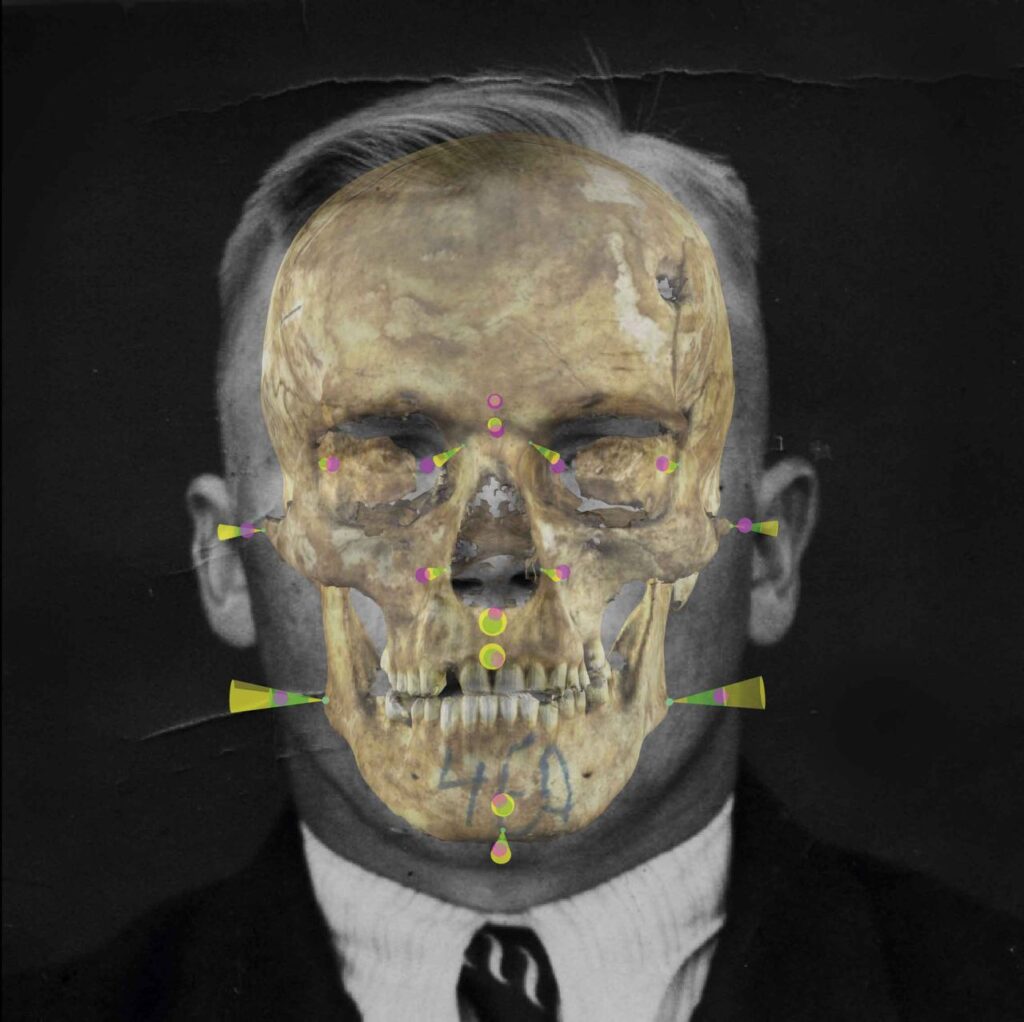
Craniofacial superimposition is a valuable and accurate facial identification method that experts may use in the absence of comparison-quality dental/X-rays or DNA profiles.
Skeleton-ID is arguably the only software that supports skeleton-based identification. With its skull-to-face overlay module, Skeleton-ID automatically overlays the 3D skull with the facial photograph(s) of the individual in question.
The availability of such a robust and efficient forensic facial identification tool is especially helpful in addressing the following: Involuntary missing persons, disaster victim identification, enforced disappearances, mass migration, armed conflict, historical memory, Education, and Research.
Objectivity is key in forensic analysis. As part of the skull face overlay analysis, Skeleton·ID automatically considers the camera’s orientation, facial pose, focal length, and subject-to-camera distance for all images. This ensures that the results of the craniofacial superimposition are measured with a likelihood ratio, providing a reliable and unbiased assessment. Skeleton ID’s skull face overlay is a powerful identification tool for examination and comparison by trained professionals.
Please contact us if you have questions or want us to consult on a case where you feel our service would benefit you.
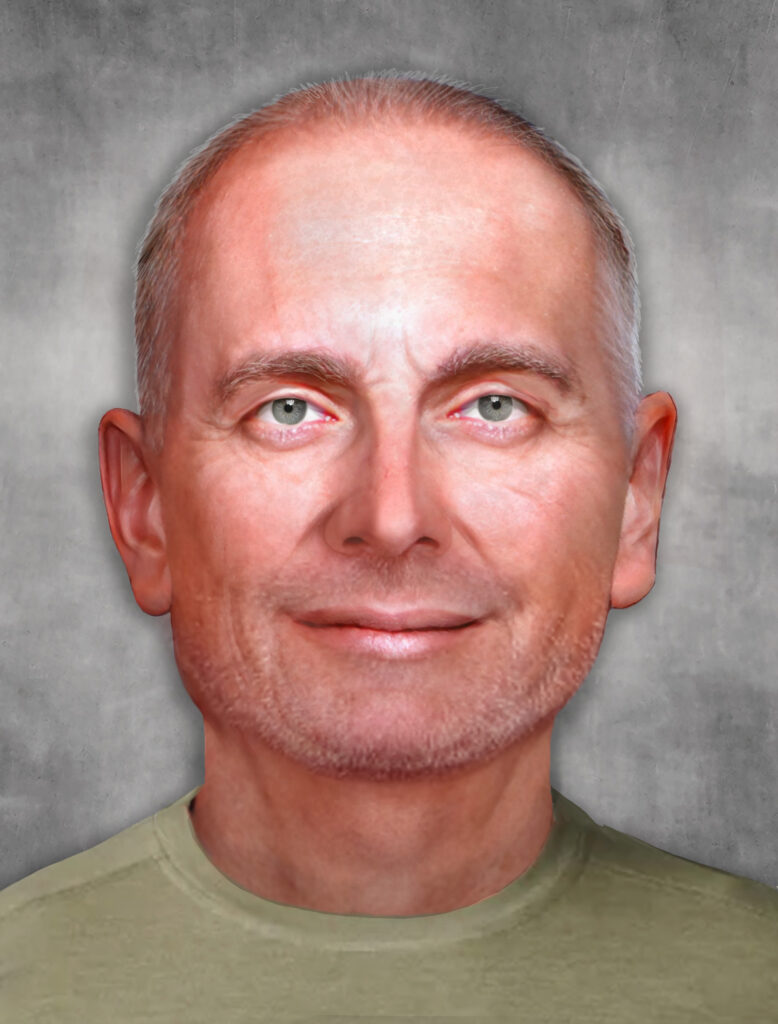
In the United States there are over 600,000 persons who disappear annually. Approximately 4,400 unidentified bodies are recovered during the same period, while others return home voluntarily or are located by law enforcement. (Source: NamUs.org)
Those who remain missing do so voluntarily for personal reasons or are fugitives from justice, purposely evading law enforcement to prevent their arrest, while others fall prey to human traffickers or become victims of enforced disappearances orchestrated by dictators and criminal cartels. Migration, wars, genocide, and natural and transportation disasters round out the list of reasons why people disappear.
Those who remain unidentified require specialized skills and technology, like age progression photos, facial reconstruction, and craniofacial superimposition to help forensic investigators identify them.
Please contact us if you have any questions or require case assistance.
